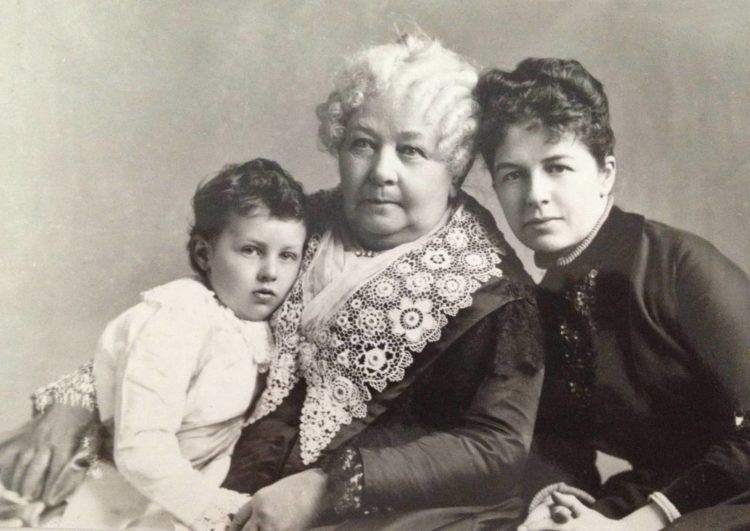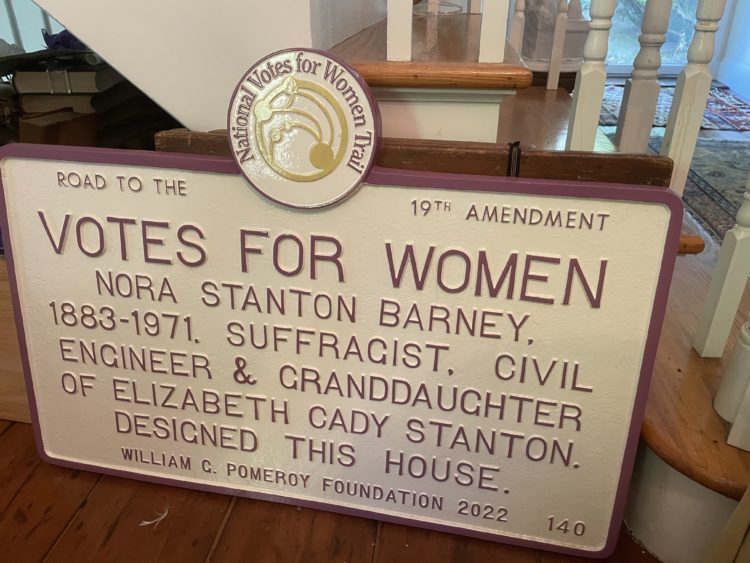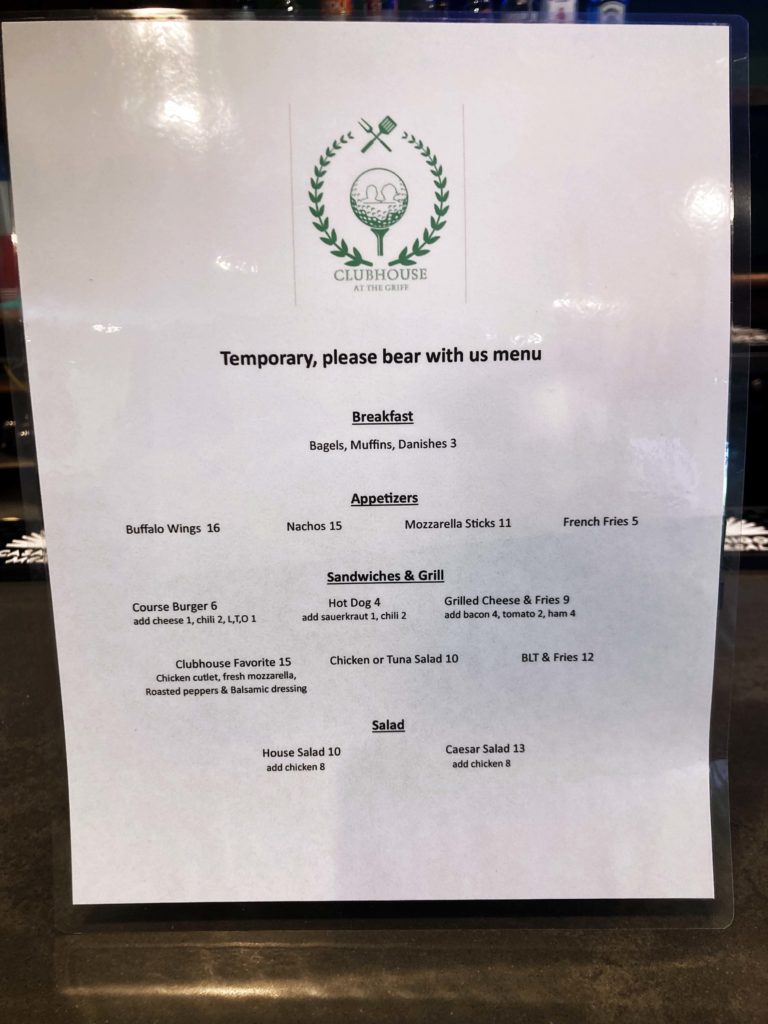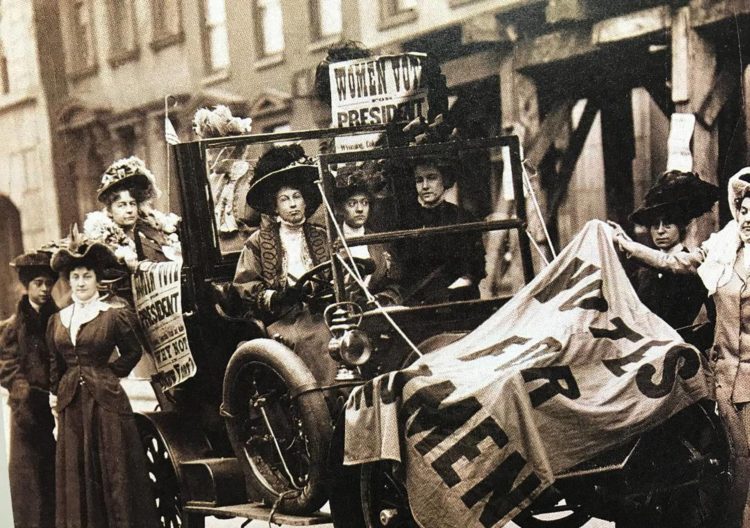
By Anne W. Semmes
Last Sunday, September 25, Greenwich officially joined the National Votes for Women Trail in the state of Connecticut and nationwide with a roadside marker dedication ceremony identifying the historic homebase of suffragist Nora Stanton Barney at 700 Steamboat Road. Barney was the granddaughter of Elizabeth Cady Stanton whose leadership in the 1800’s led to women winning the right to vote in 1920 with the 19th Amendment to the U.S. Constitution.
The timing of this dedication ceremony came a bit late to celebrate the Amendment’s 2020-hundred-year anniversary due to the pandemic. But fifth generation Stanton Coline Jenkins was on hand and the maestro of the celebratory gathering at her historic family home. “I like to have this continuity of history,” said Jenkins, “It’s very hard to understand a social movement, but if you look at it in terms of generations, it’s easier to grasp.”
Elizabeth Cady Stanton was Jenkins’ great great grandmother, Harriet Stanton Blatch her great grandmother, Nora Stanton Barney her grandmother, and Rhoda Barney Jenkins her mother. “So, those are five human beings,” counting herself, said Jenkins. “But the point is that in order to change the Constitution we need mass movements.”
With Governor Ned Lamont and Lt. Governor Susan Bysiewicz recognizing the “significant contribution” Nora Stanton Barney made to American history, Coline Jenkins invited some 49 guests to the dedication ceremony at 700 Steamboat Road, a Georgian brick house her grandmother Nora, a civil engineer and architect, had designed and built in the 1930’s.

Invited from Utah was Victoria Karpos, co-owner and founder of MarbleCast Products Inc. which makes the miniature presidential statues at the Smithsonian. Karpos had realized, told Jenkins, her company was just honoring men, and that, “We need to honor women who built the nation.” Jenkins herself instigated bringing the first statue of “real women” to Central Park with a 14-foot bronze sculpture of three famed suffragists, her ancestor Elizabeth Cady Stanton, Susan B. Anthony, and Sojourner Truth.
Also invited was author Penny Colman with 40 giveaway copies of her book, “Elizabeth Cady Stanton & Susan B. Anthony: A Friendship That Changed the World.” Musician Sarah Foxe would sing suffragist songs. And two attorneys, Wendy Murphy and Jean Sweeney would address the ERA. Jenkins also enlisted her son Eric Jenkins-Sahlin to speak and her daughter Elizabeth Jenkins-Sahlin to meet and greet as sixth generational Stanton family members.
Those looking for a photo opportunity were offered a unique vignette to stand by a family heirloom, a chair that belonged to Elizabeth Cady Stanton lent to and borrowed back from the National Park for Women’s Rights in Seneca Falls, N.Y., while on the other side stood a life-size blown-up photo of Nora from the New York Historical Society.
To learn the full story of Nora Stanton Barney guests strolled along an alley of enlarged photographs running alongside the Steamboat Road house. Nora’s story begins in England, where her mother Harriot Stanton had married a Mr. Blatch, her English father. “So, she had a lot of European tastes like this Georgian house,” told Jenkins, “But she would also do Tudor and Norman.” Jenkins lists 14 houses her real estate developer grandmother invested in, including The Stanton House, an inn on Maple Avenue, and stately houses in Millbrook, on Glenville Road, and on Hawkwood Lane, a lane Nora named after the area she lived in in England.
But it was at Cornell University where Nora became the first woman to earn a degree in civil engineering in 1905. “And she’s in New York City,” told Jenkins, “Dealing with infrastructure there with bridges and tunnels and water supply systems.” In 2017, a new tunnel boring machine (TBM) built to repair New York City’s Delaware Aqueduct was christened NORA to honor Barney who had helped design the New York City water supply system.
At Cornell Nora Stanton Barney had founded a suffrage club, then “campaigned with zeal” for women’s rights and equality as a suffrage leader in the Women’s Political Union, serving as its president in 1915. She would join the efforts for a federal Equal Rights Amendment, and in her later years remain politically active.
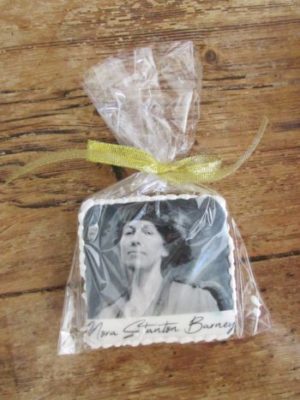
And today, her granddaughter, Coline Jenkins serves as president of the Elizabeth Cady Stanton Trust. Earlier this year, when word leaked out from the Supreme Court of the possible overturning of Roe v Wade, Jenkins’ Trust filed lawsuits in three states to both activate the ERA and protect the right to abortion. She explained that the lawsuits were filed because “only with full Equal Protection of all laws can women’s right to choose be protected.”
Addressing the status of the Equal Rights Amendment, she said it has been ratified by 38 states, but noted it awaits an administrative act to publish it according to Article 5 of the U.S. Constitution. “It’s just one sentence: ‘The equal rights of citizens shall not be denied or abridged in the United States or by any state on account of sex.’ And don’t we believe in that? And we’re on the cusp of the 250th anniversary of America!”
Jenkins has also served on Greenwich’s RTM for over three decades. “The RTM when I started in the 1980’s,” she said, “was about 25 percent women and now it’s about 50 percent.” And, “super-important” she added, “is for the first time ever in the history of Greenwich our moderator is female. And Moderator Alexis Voulgaris is incredibly competent.”
Jenkins’ roadside marker with its “VOTES FOR WOMEN” title is now attached to the stone wall of 700 Steamboat Road. She was grateful for the generosity of the William G. Pomeroy Foundation whose historic markers help tell “the untold story of suffrage for all women, of all ethnicities, that extends well past the passage of the 19th amendment.” It’s providing 250 historic roadside markers nationally on The National Votes for Women Trail. “All of these people across the nation,” noted Jenkins, “created a critical mass in order to amend the U.S Constitution. That means a lot to me. Some people like perfume, but I like amending the U.S. Constitution. What an honor.”
